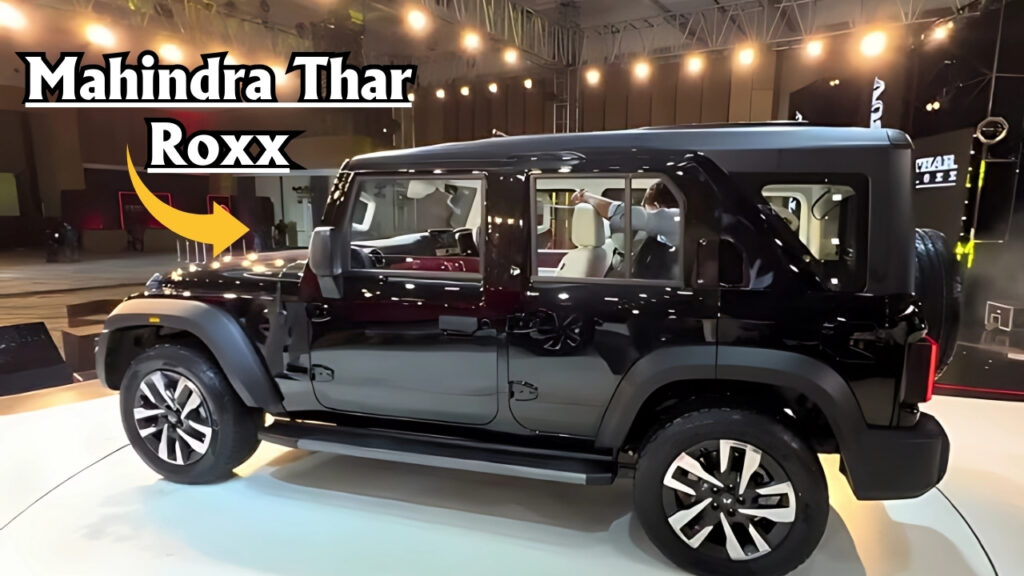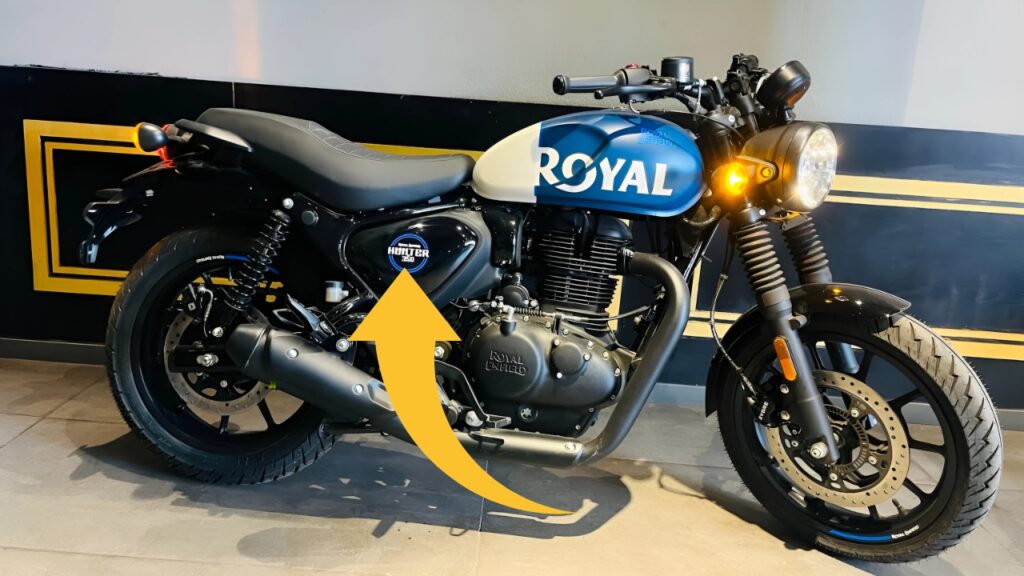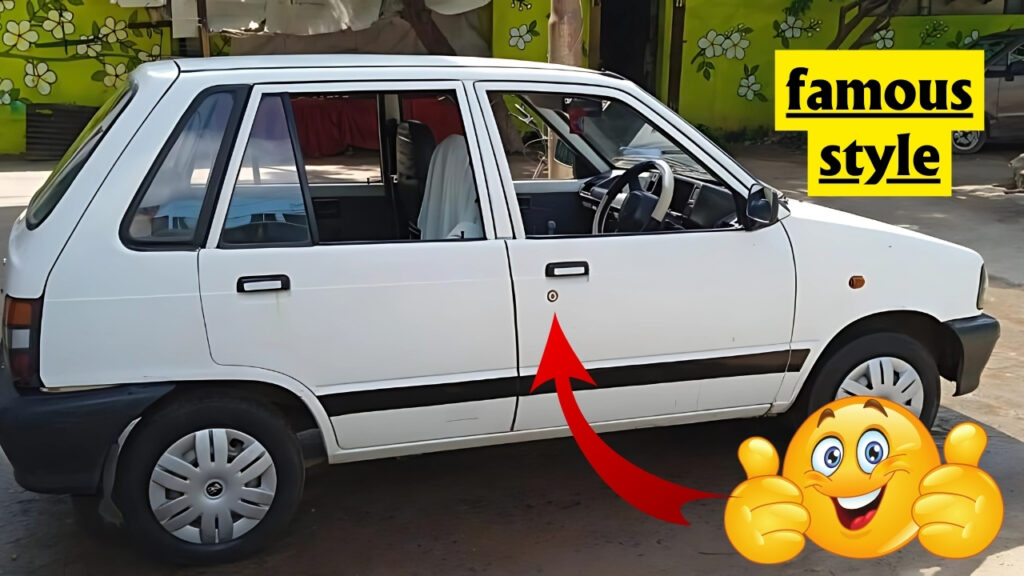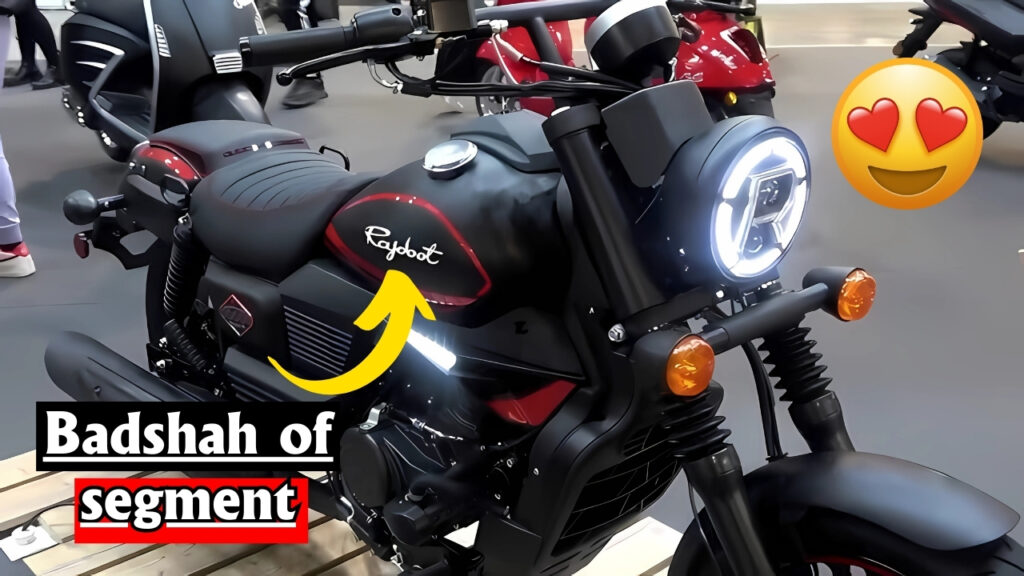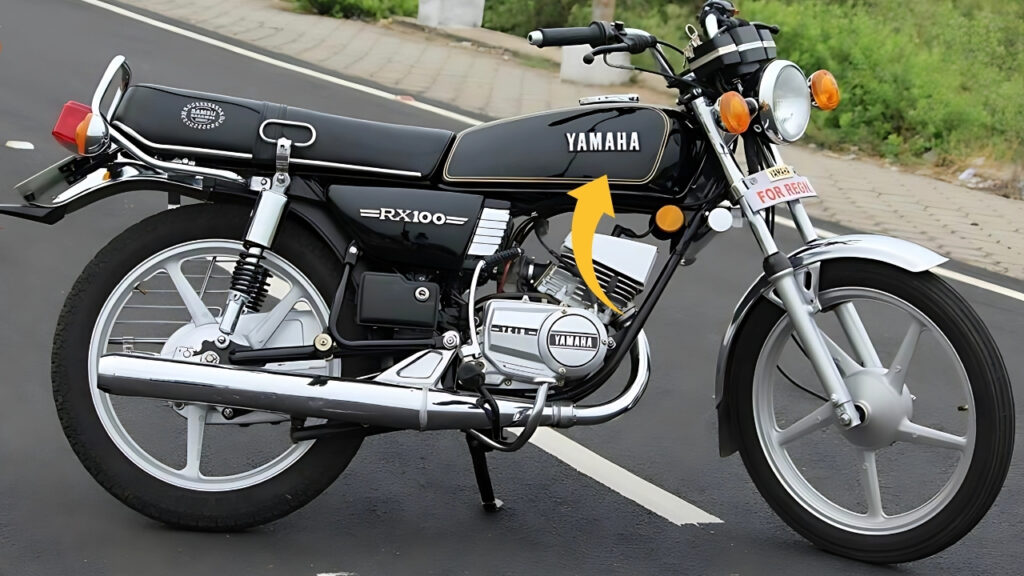Toyota Fortuner: The Toyota Fortuner is arguably one of the archetypical SUVs in the premium segment, especially in developing markets.
“Ever since it launched in 2005, this heavy-duty ladder-frame SUV has become the aspirational vehicle of choice for anyone in need of a mix of luxury, capability, and the added touch of status that comes with Toyota’s unkillable reputation.
The Fortuner’s rags to riches narrative, more so if seen from countries such as India, Thailand and the Philippines, is nothing short of a fairy-tale, a lesson in how a good product, when executed properly can not just be a mode of transport, but also a cultural uniform for those who dare to succeed.
Table of Contents
Toyota Fortuner: Design History: Handsome Ruggedness
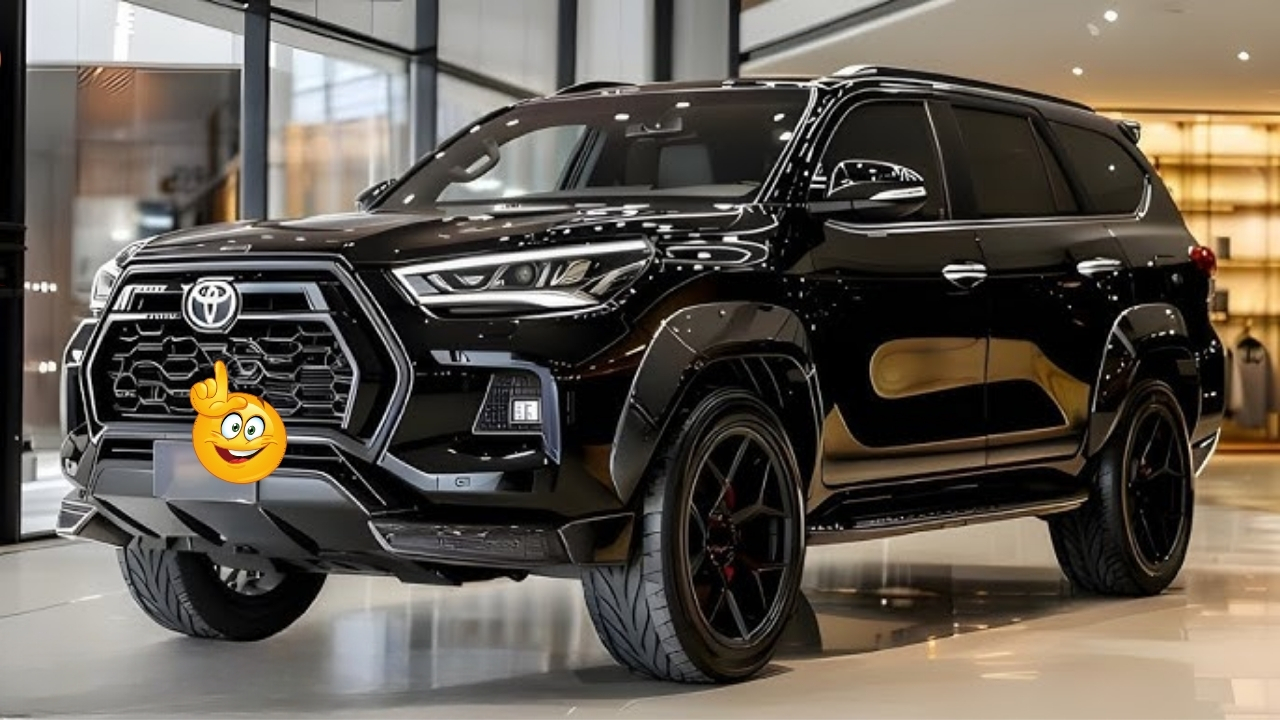
The Fortuner’s look has changed dramatically through the generations, but keeps the culture of the brand. The original (2005-2015) model added the bold, high-riding profile, flared wheel arches and domineering front end that created the model’s signature look.
The design still manages to be viewed as something a little more upmarket than mere utility, despite its pragmatic origins (it shares its underpinnings with the Hilux ute) and while it’s in no danger of blending in as a premium vehicle, it doesn’t feel like the typical ute.
First making its debut in 2015 and extensively refreshed for 2020, the second-generation model was more sophisticated with crisper lines across the body, a more prominent grille, and LED elements that established a recognisable road presence.
That iteration evolved into a new model that reflected Toyota’s awareness that Fortuner customers increasingly desired their vehicles to show off something of their success and yet the model’s rugged roots.
MOST RECENTLY, design has added a number of urban-influenced styling cues, without losing the basic SUV form factor.
Extravagant use of chrome surrounds, especially on higher trims, as well as busier surface treatments indicate that Toyota knows a lot of Fortuners spend most of their time on the road rather than the track.
Engineering: Performance Without Compromise
Under its now more upscale skin, the Fortuner is still an engineering job big enough to make Toyota proud.
The body-on-frame architecture means mechanical durability and off-road ability are strong suits of the Fortuner for its intended markets, and despite the weight penalty compared to monocoque design, the latter (body-on-frame) can offer better ride quality characteristics on bad roads, as well as better towing capabilities, as well as ease of damage repairs in fender benders.
The powertrain offerings have developed over time to achieve a mix of performance against tightening emissions regulations.
Most markets get two key diesel options in the current generation: a 2.4-litre turbocharged unit with around 150 PS and a more potent 2.8-litre version with about 204 PS following a 2020 update. Some markets get the 2.7 liter naturally aspirated petrol engine as well.
And the diesel powertrains, especially the 2.8-liter alternative, produce the low-end torque that is necessary for not only off-road credibility but the assured highway cruising buyers have come to expect.
The six-speed automatic, although not as advanced as the eight or nine-speed gearboxes of some rivals, has strong reliability credentials for tough operations.
What started as manual only part-time systems have matured into modern on-demand 4WD with mode selection for terrain.
This paradigm speaks to Toyota’s realization that the majority of their customers seldom take it off-road, but the image of being ably to is a critical part of the ownership mandate.
Inside Out Evolution: From Work Wagon to Luxurious Traveler
Arguably the most noticeable transformation in the development of the Fortuner is in its cabin. The earlier models were spartan, tough cabs that put function ahead of finesse.
However, they anchored the train distinctly in the utilitarian camp despite its premium price point.
The current crop of Fortuners have much higher quality cabins with soft touch materials, leather interiors, power adjustable seats and modern infotainment systems with smartphone integration to their credit.
The newest models come with digital instrument clusters, ambient lighting, and ventilated seats — features that used to be the purview of luxury brands only.
This shift in the interior also speaks directly to evolving customer expectations in the Fortuner’s key markets, with buyers looking for greater levels of equipment and functionality to complement their vehicle’s strength and capacity.
This evolution has been mediate to make it feel more sophisticated, without sacrificing the actual durability that is still a cornerstone to the vehicle’s appeal.
Market and cultural impact
The Fortuner has had an influence in the market which can be felt beyond a mere good number of sales. In most areas, especially in South and South-East Asia, it has served as a totem of prosperity – reportedly the first luxury car for many corporate honchos, entrepreneurs-turned-millionaires and professionals at the top of the heap.
The cult has been assured by scrupulous selling which stresses competence, dependability and status without overt show.
The Fortuner represents success that has been earned, not inherited—a positioning that works particularly well in emerging markets where an ascendant professional class prizes modest accomplishment over ostentatious wealth.
The car’s actual competency also bestows real adventure credibility, so owners can feel like dynamic individualists no matter how they actually use the car.
That aspirational dynamic, and Toyota’s well-earned reputation for resale value, makes for an attractive ownership proposition that goes beyond practical concerns.
Brain Teasers and Future Perspective
The Fortuner, however, is also not without it’s new age demons. Large-displacement diesels are under threat from the growing onus on emissions in many regions.
At the same time, consumers have become increasingly demanding and are no longer satisfied with out-of-date infotainment and driver-assist systems.
The model is also experiencing ever increasing competition, on the one hand from more traditional body-on-frame rivals but also from newer, more road-oriented monocoque crossovers with better on-road dynamics and fuel economy.
Toyota has answered with incremental improvement rather than radical reinvention — a path that surely preserves the car’s core audience while gradually coaxing new ones into the fold.
Toyota Fortuner:
That’s what the Toyota Fortuner is, a lesson in product planning based on local market relevance. Brilliant.” As Toyota continues to evolve the Tundra, it raises the bar of not just what a truck should be, but an aspirational symbol and cultural totem.
In these changing automotive environments, as we continuously move towards more electrified and more technology-heavy segments, the Fortuner can either live up to the ideal balance that it has tread very carefully or it could find itself lost as its forebears had.
If its history is any guide, however, such an evolution will be gradual, deliberate and finely tuned to customer expectations.




